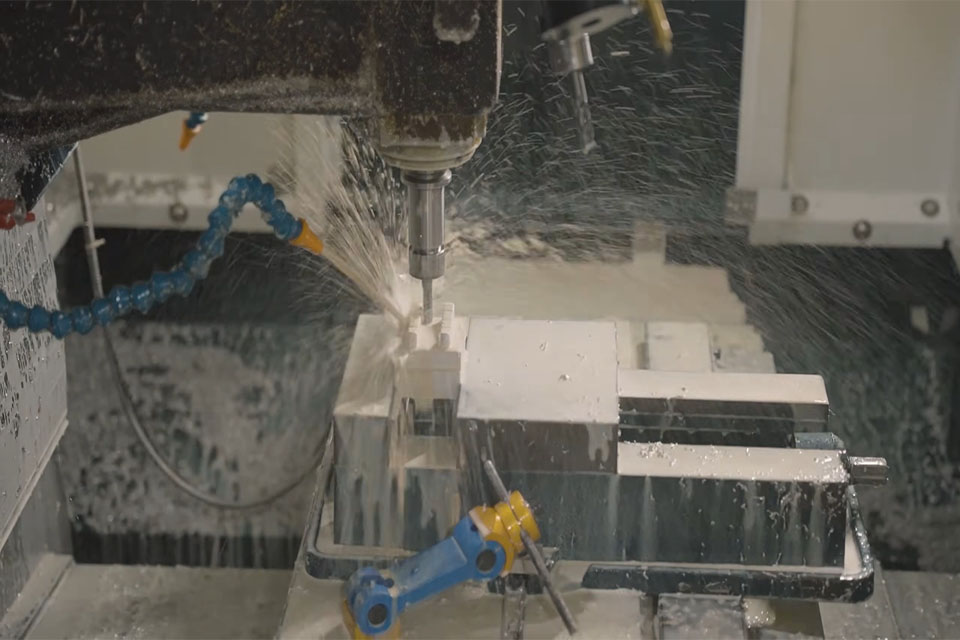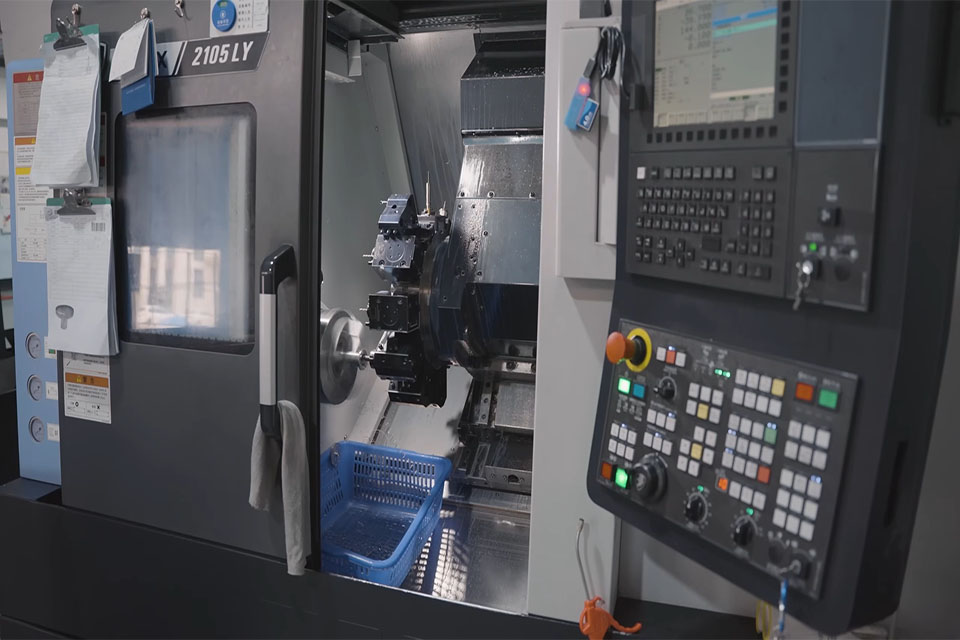
- +8615586668226
- [email protected]
- Nr. 30, Hongbang pramonės parkas, Shenzhen

Chrome plating has revolutionized manufacturing by offering solutions that balance aesthetics and performance. From CNC apdirbimas į Tikslusis apdirbimas, chrome plating plays a critical role in enhancing product durability and visual appeal. Let’s explore how this process works and why it’s indispensable across industries.
Chrome plating, also known as chromium plating or chrome electroplating, involves depositing a thin layer of chromium onto a substrate. This process improves wear resistance, corrosion protection, and surface hardness while delivering a polished, reflective finish.

The chrome plating process involves six key stages:
| Cheminės medžiagos | Vaidmuo |
|---|---|
| Chromic Acid (CrO₃) | Provides chromium ions for the chrome layer. |
| Sulfuric Acid (H₂SO₄) | Balances bath chemistry for uniform coverage. |
| Hydrochloric Acid (HCl) | Cleans the surface during activation. |
| Sodium Hydroxide (NaOH) | Removes grease and oil before plating. |
| Fume Suppressants | Minimizes toxic fumes during hexavalent chrome plating. |

Decorative Chrome Plating: Enhances appearance with a shiny finish.
Hard Chrome Plating: Focuses on durability and wear resistance.
Thin Dense Chrome Plating: Reduces friction and improves precision.
| Pramonė | Paraiškos |
|---|---|
| Automobiliai | Engine components, bumpers, exhaust pipes |
| Aviacija ir kosmosas | Landing gear, turbine blades |
| Medicinos prietaisai | Surgical instruments, dental equipment |
| Vartojimo prekės | Kitchen utensils, door handles |

The cost of chrome plating depends on:
Hexavalent chromium poses risks such as respiratory issues and skin conditions. To mitigate these:
| Technika | Privalumai | Trūkumai |
|---|---|---|
| Nikelio danga | Smooth finish, better for complex shapes | Lacks hardness of chrome |
| Miltelinė danga | Color variety, eco-friendly | Less durable |
| Anodavimas | Allows coloring, matte finish | Lower abrasion resistance |
What materials can be chrome plated?
Steel, stainless steel, aluminum, brass, copper, plastic, zinc die-cast, and titanium.
How long does chrome plating last?
5 to 20 years, depending on usage and maintenance.
Can chrome plating be removed?
Yes, through mechanical removal, chemical stripping, or reverse electroplating.
Is chrome plating environmentally friendly?
Trivalent chrome is safer, but hexavalent chrome requires strict safety protocols.
What industries benefit most from chrome plating?
Aerospace, automotive, medical devices, electronics, and industrial equipment.

Adresas
Nr. 30, Hongbang pramonės parkas, Šenženas
Telefonas
+86 15586668226
Sužinokite naujausias tendencijas ir faktus apie CNC gamybą iš mūsų tinklaraščio.
Shenzhen Runkey Precision Technology Co. Ltd, "Tensun Group" dukterinė įmonė, yra jūsų patikimas vieno langelio sprendimas individualiai gamybai nuo prototipų kūrimo iki gamybos.Jūsų idėją paversti realybe naudojant skaitmeninius gamybos išteklius, supaprastintus procesus, ekspertų konsultacijas, pagreitintus terminus ir bekompromisę kokybę.
©2024. Visos teisės saugomos.